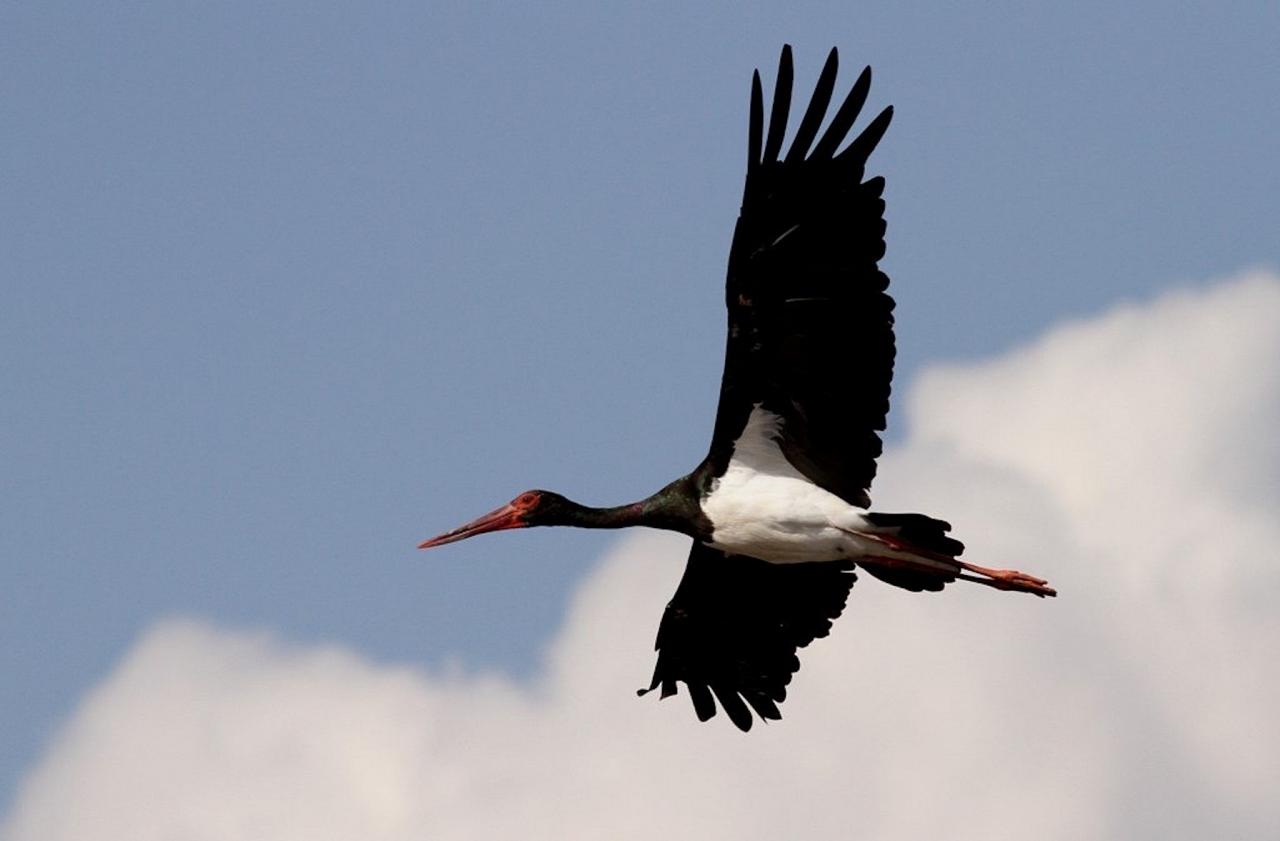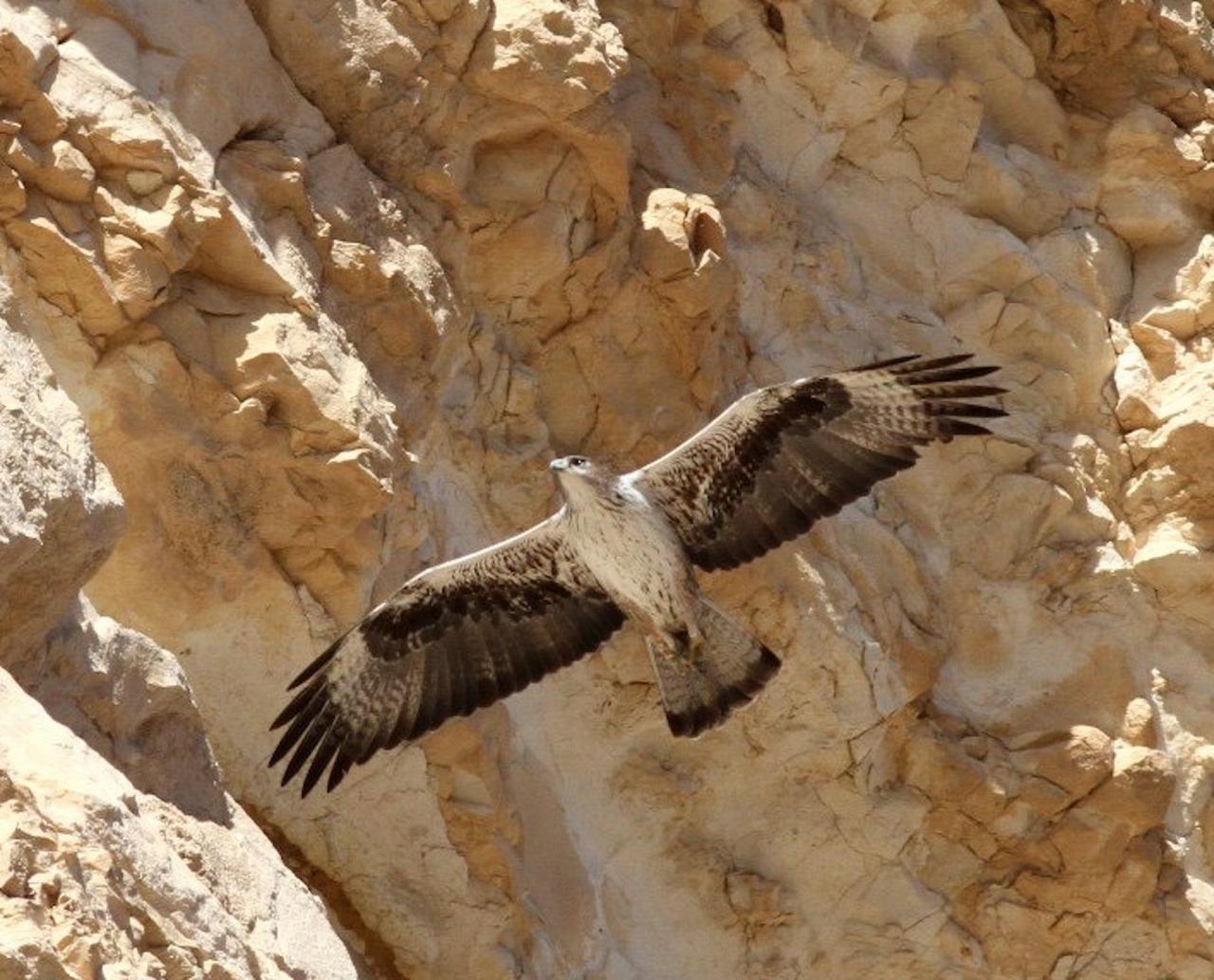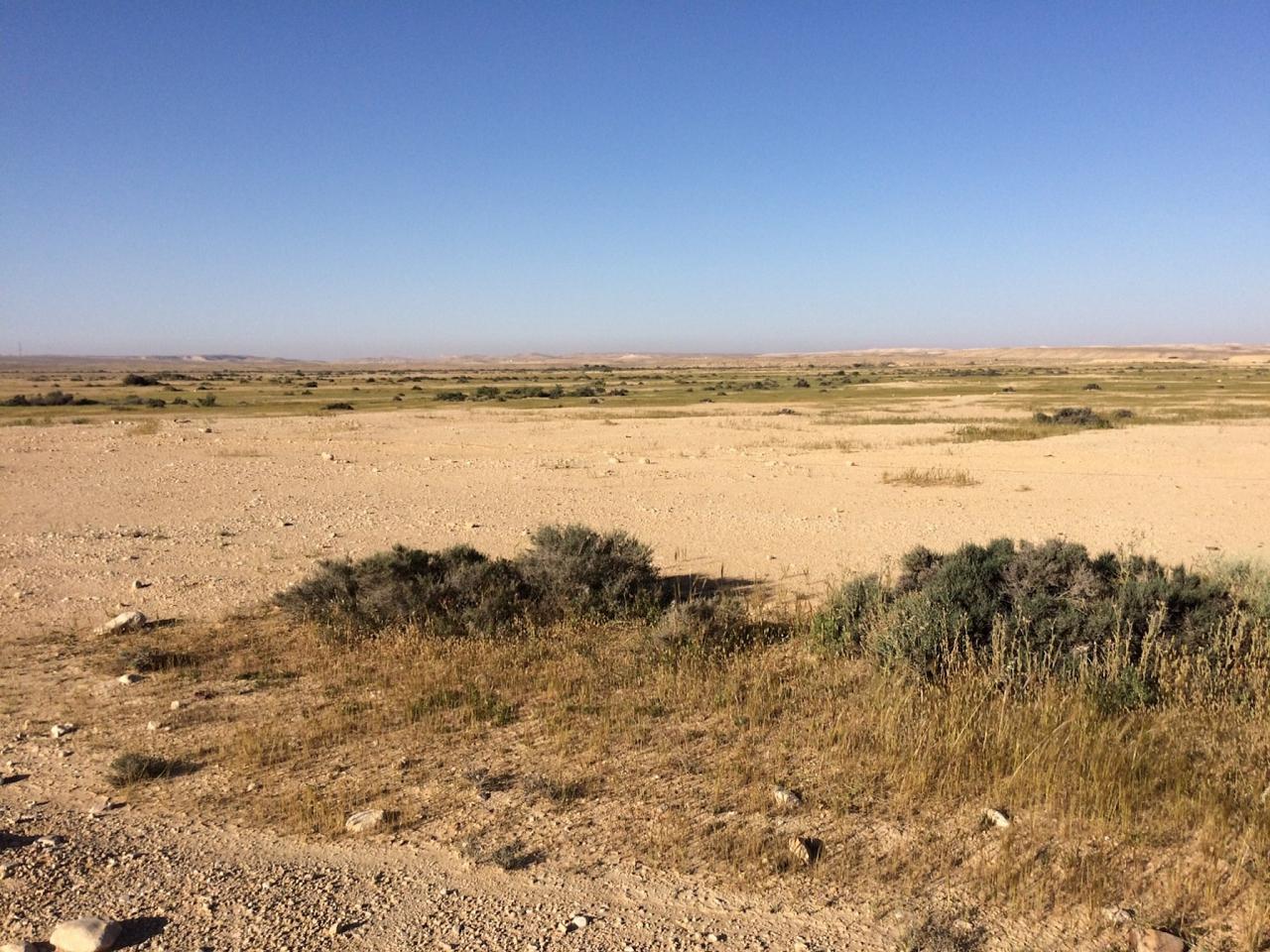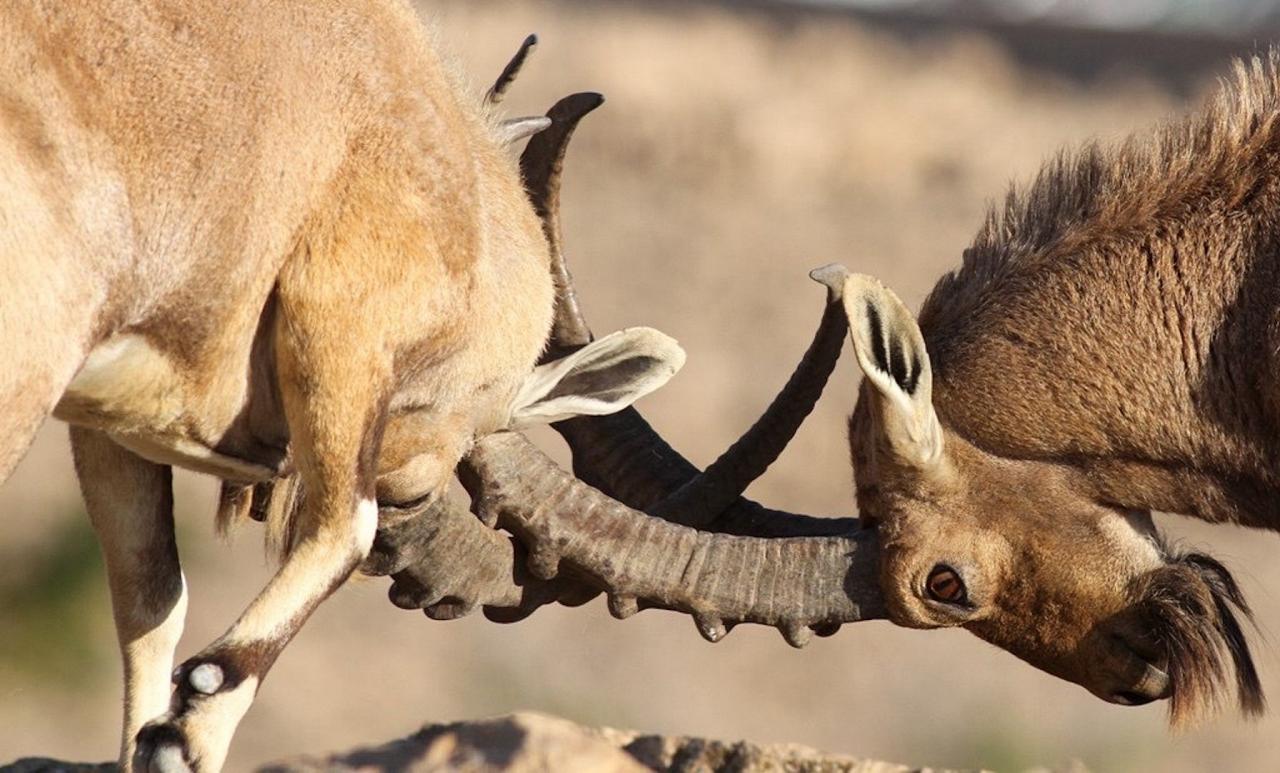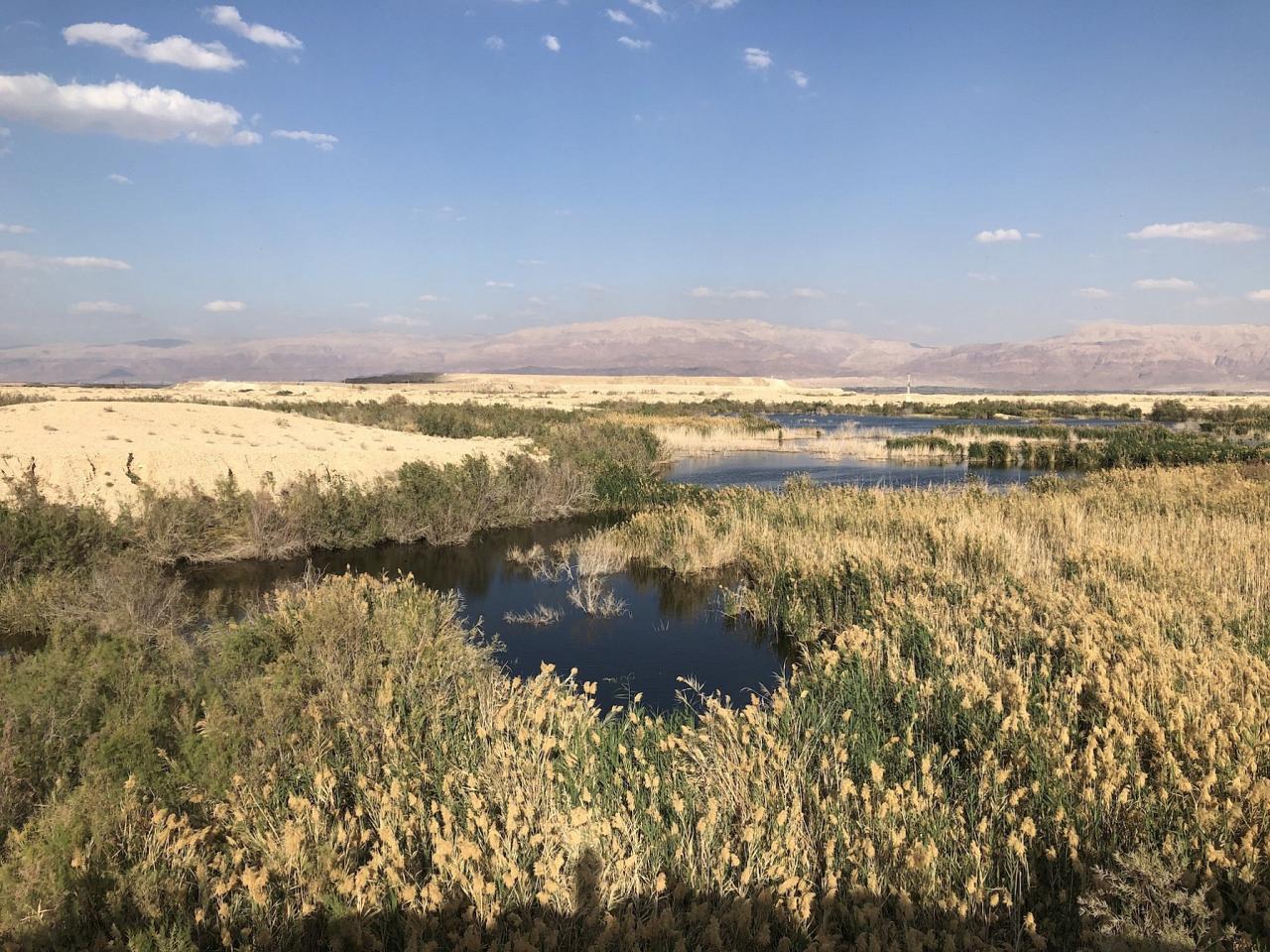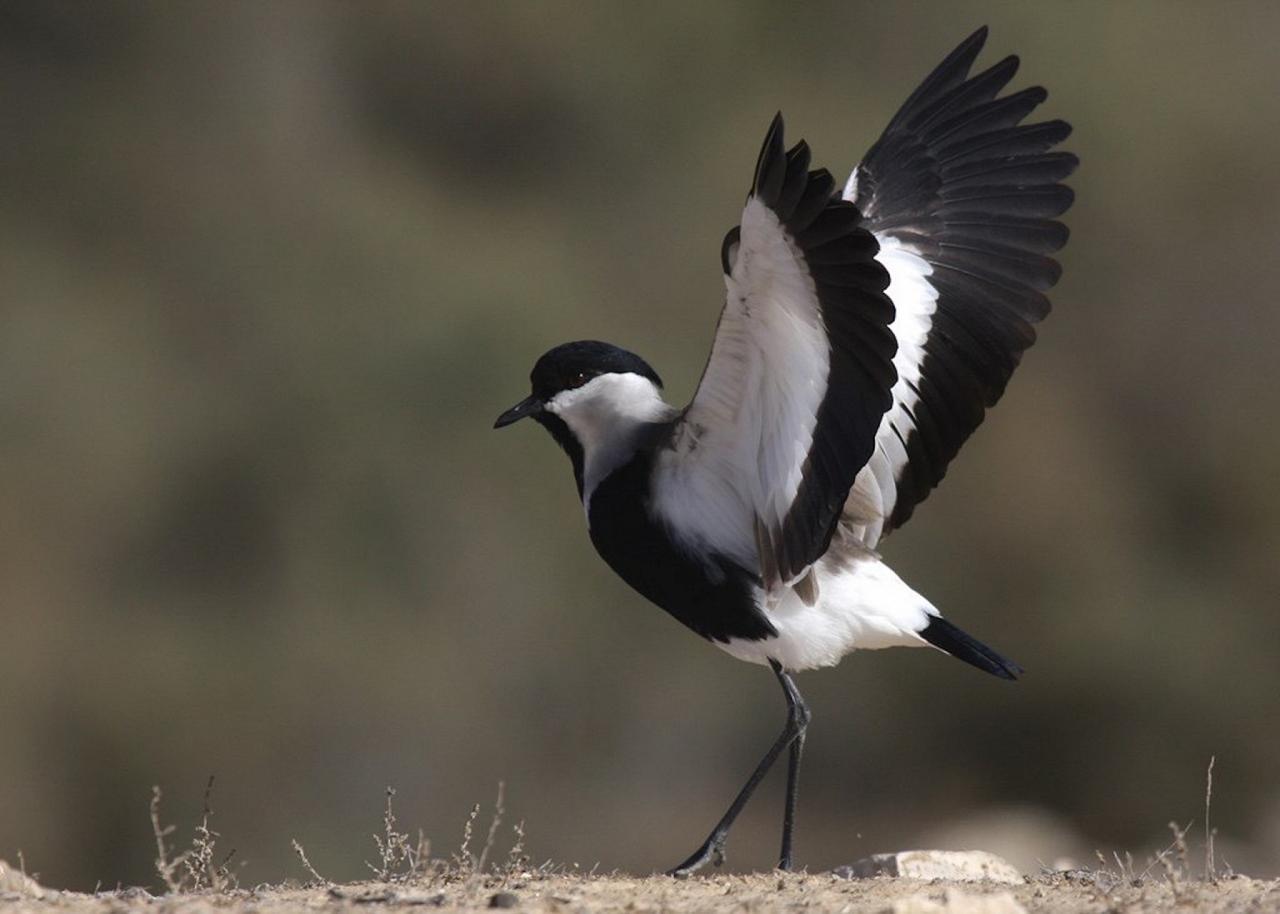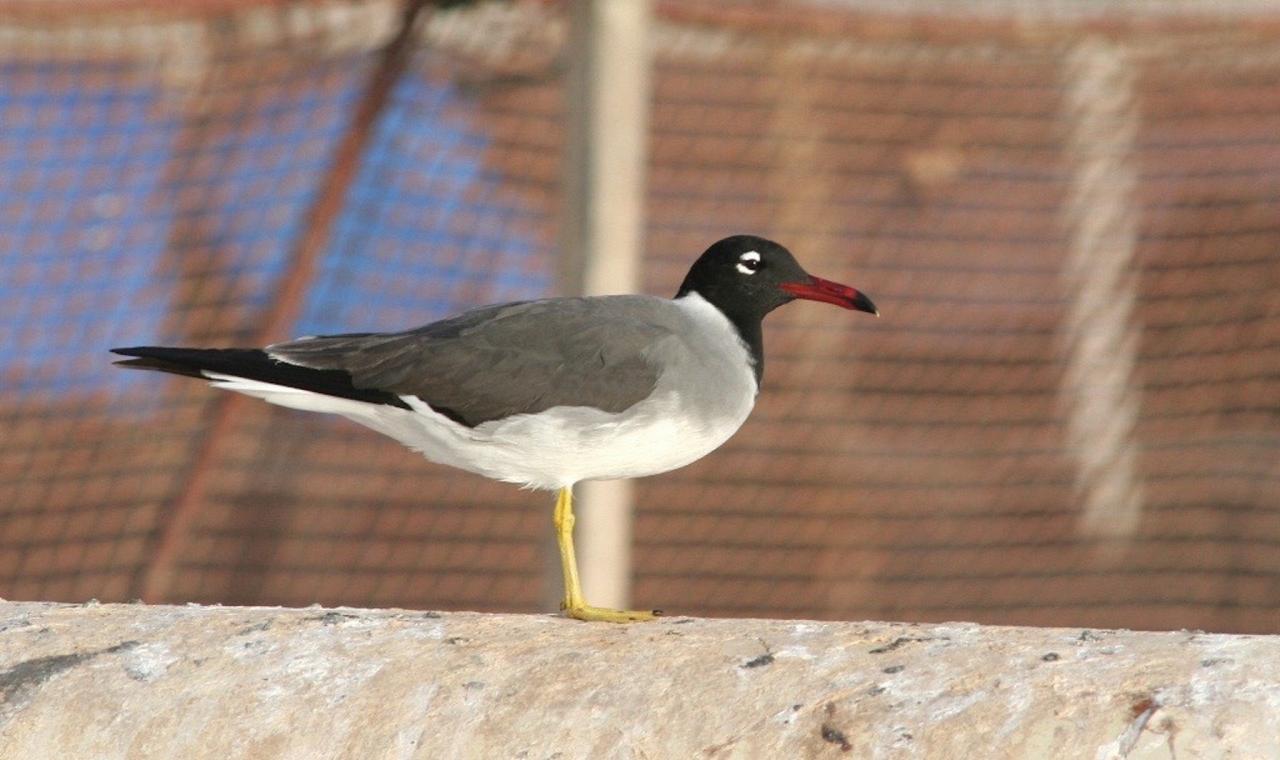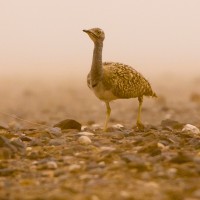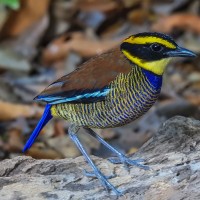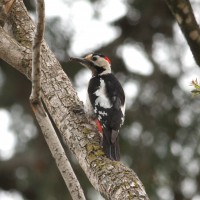- Overview
- Full Itinerary
- Photo Gallery
- Costing
- Travel Details
- Trip Reports
- Guide
- Know Before You Go
- Other Trips You May Like
For many years Israel has been well known as the bird migration Capital of the Old World. Due to its strategic location, juxtaposed between the continents of Europe, Asia, and Africa, the narrow land mass of Israel forms a major migration ‘bottleneck’ for hundreds of bird species twice a year.
Israel’s geographical position also means that many African, Eurasian, and Mediterranean species can be found at the limit of their range but still within the country’s borders. Despite its small size (only slightly bigger than the state of New Jersey) Israel is blessed with amazing landscapes, pristine deserts, abundant wildlife, and natural beauty. Above all Israel is a modern, comfortable, and safe country to visit, offering good tourist infrastructure and accommodation allowing for some exceptionally fruitful days in the field.
Our tour coincides with the final pulse of autumn migration as large numbers of birds arrive every day and many species from further north settle into winter territories. This tour covers most of the country and all the major birding sites. Beginning in Tel Aviv we work our way southeast through the Negev Desert to Eilat, then head north along the Syrian-African Rift Valley via the Dead Sea, passing through the amazing Bet Shean and Hula Valleys, and ultimately cruising all the way up to the Golan Heights and Mount Hermon. Birds and wildlife be the primary focus of the tour, but we also intend to incorporate a few famous cultural and historical sites for which Israel is justly renowned.

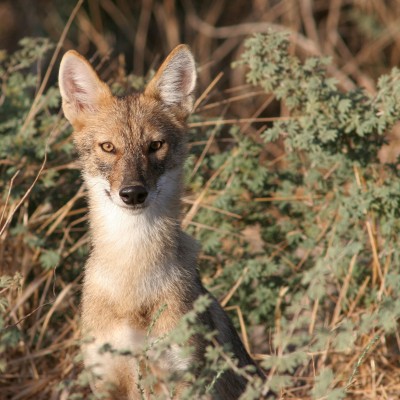

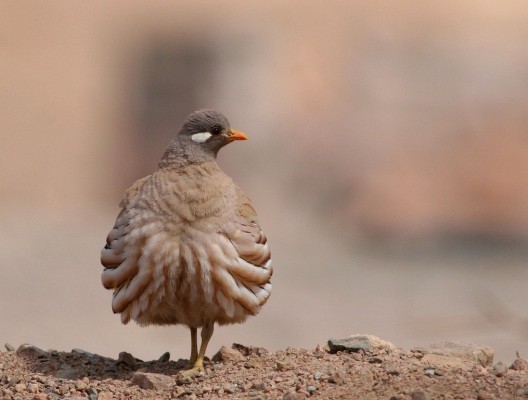
Tour Highlights
- Fly direct from select airports in the eastern US to the dynamic, vibrant city of Tel-Aviv
- Stay on a working Kibbutz in the Western Negev where some of the best birds of the tour are right outside your chalet
- Watch raptors, storks, and pelicans migrate over the dramatic, breathtaking scenery of the great Syrian-African Rift
- Witness remarkable concentrations of raptors in the Hula Valley and Western Negev desert
- Experience the thrill of finding rare larks and wheatears in the vast, scantly vegetated deserts of the Negev and Southern Arava
- Enjoy the never-to-be-forgotten wonder of thousands of Common Cranes departing from overnight roosts in the Hula Valley—pure magic!
- Indulge in the healthy, varied culinary riches typical of the Middle East and Mediterranean Regions
- Spend two nights in the ancient city of Jerusalem including a tour of the Old City given by a fully qualified guide
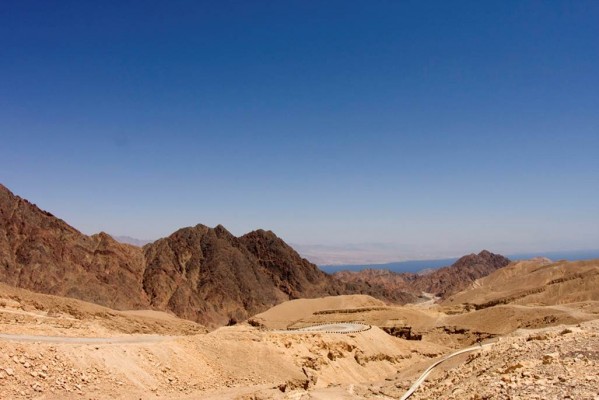
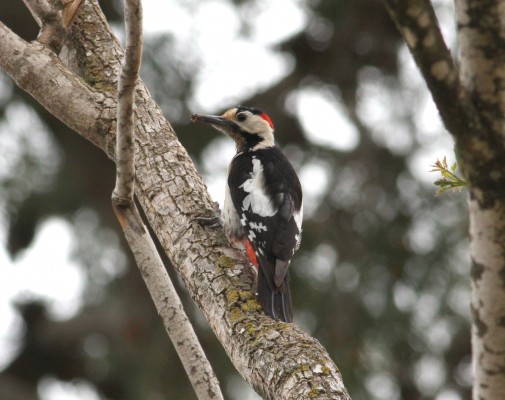


Trip Itinerary
Itineraries are guidelines; variations in itinerary may occur to account for weather, road conditions, closures, etc. and to maximize your experience.
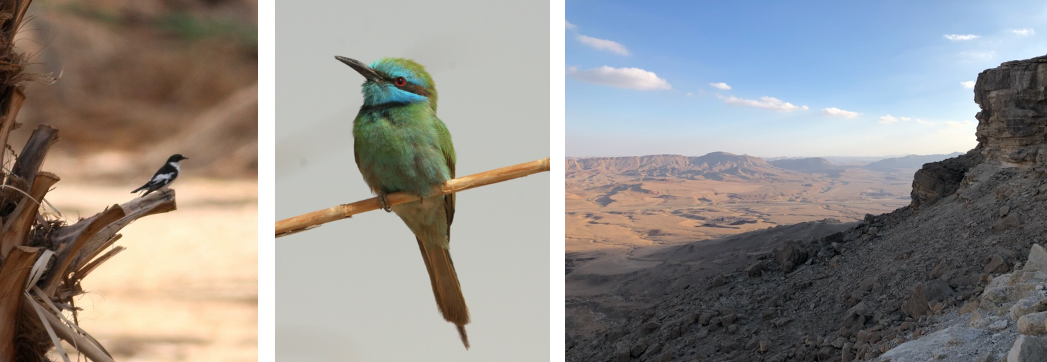
Thur., Nov. 2 : Arrivals in Tel Aviv, Israel
Our group assembles in the hotel lobby at 6:00 PM, where we meet our local guide, enjoy a welcome drink, and have a briefing. After meeting we head out for dinner at a local, authentic restaurant in the Yemenite quarter of Tel Aviv.
Accommodations at the Isrotel Sea Tower Hotel (D)
Fri., Nov. 3 : Judean Plains
Today the tour starts in earnest. A typically excellent Israeli breakfast includes freshly chopped salads, hummus, baba ghanoush, pita bread, delicious bourekas, fresh fruit juices, and much more, all served buffet style. As we leave urban Tel-Aviv our first birding stop is in the Judean plains where we check some reservoirs and rolling agricultural areas.
This area hosts large numbers of wintering ducks and birds of prey. We put in time to see the endangered White-headed Duck as well as Ferruginous Duck and many other more common ducks and waterfowl. After lunch we continue south toward the Negev desert watching the landscape gradually change from agricultural fields to arid, stony desert regions.
Towards evening we arrive at the Kibbutz Gvulot situated in the far Western Negev, and nestled amid palms, pines, and citrus groves. This lovely spot is our base for the next two nights.
Accommodations in Kibbutz Gvulot, Negev (B,L,D)

Sat., Nov. 4 : Kibbutz | Western Negev
We start the day with an optional pre-breakfast stroll around the Kibbutz. The gardens surrounding the guest rooms hold a wonderful variety of birds such as Syrian Woodpecker, Eurasian Hoopoe, Palestine Sunbird, Graceful Prinia, Great Tit, White-spectacled Bulbul, Common Myna, and many more. If we’re lucky we might even find roosting Long-eared and Barn Owls.
Following breakfast, we head out to the vast fields and loess plains of the Western Negev. This area combines agriculture with semi-desert native habitats and happens to be a very important area for a number of wintering species. We get our first taste of desert species and search for several rare birds that spend the winter here such as Eastern Imperial Eagle, Saker Falcon, and the endangered Sociable Lapwing. Besides the three mentioned species, the Western Negev is a spectacular place for other birds of prey as well as great concentrations of larks, wheatears, and other passerines. After lunch at Kibbutz Gvulot we continue exploring.
Accommodations in Kibbutz Gvulot, Negev (B,L,D)

Sun., Nov 5 : Nizzana | Sde Boker
We leave the Kibbutz early to the vast steppe-like wilderness of Nizzana. This area is very close to the Egyptian border, so close in fact that we clearly see the border fence during our visit. Moreover, this area is Israel’s last publicly accessible refuge for the endangered Macqueen's Bustard. We search for this beautiful creature while the surrounding terrain hosts many other species including up to four species of sandgrouse, larks, ‘Desert’ Little Owl, Chukar, Arabian Babbler, and with a bit of luck, Cream-colored Courser. A variety of mammals such as Dorcas Gazelle, Golden Jackal, Arabian Wolf, and even Striped Hyena can be found though most are crepuscular, and none are guaranteed.
In the afternoon we visit the area of Sde Boker and the adjacent Zin Valley. The overlook from David Ben-Gurion’s Tomb is one of the most scenic viewpoints in the country. Nearby, Ein Avdat canyon hosts Eurasian Griffon Vulture as well as rare Lanner and Barbary Falcons. We check a roost site for the regionally endemic Syrian Serin before arriving at our hotel located on the edge of the historic Kibbutz Sde Boker.
Accommodations at the Kedma Hotel, Sde Boker (B,L,D)

Mon., Nov. 6 : Crater Rim | Southern Negev Plateau
Following breakfast, we visit the Ramon Crater visitor center on the rim of the Ramon Crater, which includes a great exhibition about the crater itself as well as the Israeli space program (based around the story of Israel's first astronaut, Ilan Ramon). Birding along the rim of the crater should find us a mix of resident desert species and winterers such as White Crowned and Eastern Mourning Wheatears, Rock Martin, wagtails, pipits, Blue Rock Thrush, Black Redstart, and more. Brown-necked Raven are always present and, if we’re lucky, can be seen sparring with Lanner Falcon along the impressive cliffs.
Afterwards we start driving towards Eilat (passing through the Ramon Crater) via the southern Negev plateau. We bird a few excellent desert sites along the southern Negev and search for specialties such as larks, wheatears, sandgrouse, Asian Desert Warbler, and more. We arrive in the resort/port town of Eilat in late afternoon and could perhaps squeeze in a visit to the famous Eilat North Beach at the head of the Red Sea.
An evening at the beach could produce specialties such as White-eyed Gull and Western Reef Heron, as well as Caspian and Sandwich Terns, Black-headed and Slender-billed Gulls. The first of three nights at the Kibbutz Eilot Country Lodging hotel, a favorite among birders and hosts of the 2023 and 2024 Eilat Bird Festival and the annual ‘Champions of the Flyways’ bird race and fund-raising event.
Accommodations at the Kibbutz Eilot Country Lodging, Eilat (B,L,D)

Tues., Nov. 7 & Wed., Nov. 8 : Two Full Days Exploring Eilat & Arava Valley
Eilat is well established as one of the most exciting places in the Old World for bird watching, with a rich (and well documented) history of bird migrations involving raptors, amazing fallouts of songbirds, and an enviable collection of annual rarities. European birders flock to Eilat every year such is its reputation and, being a mere four hours flying time from Europe, it’s no surprise that Eilat has a magnetic draw for birding folk.
Eilat, combined with the southern Arava Valley is a fabulous place to visit even during late autumn and winter and during our time here we visit the famous K20 salt pools and the K19 reservoirs which support impressive numbers of Greater Flamingo, waterfowl, and shorebirds, as well as raptors. The Eilat Birdwatching Park and Ringing Center is a haven for migrant passerines and, remarkably, Oriental Honey Buzzard following swarms of migrating bees to the region and have become a regular feature in recent years. A visit to the barren yet strikingly beautiful Eilat Mountains should produce highly specialized desert residents such as Sinai Rosefinch, Hooded Wheatear, Sand Partridge, Streaked Scrub Warbler, and Trumpeter Finch, and we closely scrutinize the Acacia trees as we search for the enigmatic Pallid Scops Owl, a master of camouflage that can hide in the scantest of trees in the desert.
All of these species are capable of surviving in an environment that, on average, receives only one inch of rain per year! The views overlooking the Red Sea are not to be ignored, and from certain vantage points one can see the countries of Jordan, Saudi Arabia, and Egypt (Sinai) all from one spot. The open expanses of desert near Eilat should hold some of the rarer larks and wheatears found in the region and here we search for Temminck's, Greater Hoopoe, and Bar-tailed Lark, as well as Basalt and Desert Wheatears, Asian Desert Warbler, and more.
Further north, the agricultural elements of the Arava Valley surrounding the settlement of Yotvata could produce Black Scrub-Robin and Namaqua Dove. We might just stay here after dusk to search for mercurial, crepuscular species such as Pharaoh Eagle Owl and Egyptian Nightjar. A delicious buffet supper and another night awaits us at the Kibbutz Eilot Country Lodging.
Accommodations at the Kibbutz Eilot Country Lodging, Eilat (B,L,D)
Thurs., Nov. 9: Arava Highway | Dead Sea Region
We leave Eilat after an excellent and varied buffet breakfast and start working our way north along the Arava Highway. We should have time to check some local wadis (a ‘wadi’ being a natural valley or water course) where we may find a few Cyprus Warbler, an endemic breeder on Cyprus but regular on passage/winter in Israel.
Mid-morning we plan to visit a desert nature reserve where we search for the range restricted Red Sea Warbler (formerly Arabian Warbler). The reserve is the last major stronghold of this charismatic species in Israel though quite a few pairs frequent the Acacia ‘park-forest’ here and it is present throughout the year.
In the early afternoon we arrive at the southern Dead Sea region. We visit some flood pools that hold water year-round with Gray-headed Swamphen as well as regional specialties such as Dead Sea Sparrow and Clamorous Reed Warbler being found here with patience. After checking in to our hotel in late afternoon we opt for an early dinner and head out for a night safari looking for two of the rarest birds in the West Palearctic region—Desert Tawny Owl and Nubian Nightjar. Visitation of both enigmatic species requires the presence of a permit holding guide and together we put in a major effort to find them.
Alternatively, some may prefer to opt out of the night safari in preference for a relaxed evening at the hotel in Ein Bokek along the shores of the southern Dead Sea.
Accommodations at the Isrotel Ganim Hotel, Ein Bokek (B,L,D)

Fri., Nov. 10 : Judean Desert | Masada | Qumran National Park
Following another sumptuous Israeli breakfast, we head north to the dramatic escarpment that forms the eastern edge of the Judean Desert. Here steep sided cliffs tower over the western shore of the Dead Sea offering mile after mile of spectacular views. Our first port of call is Masada, one of the most famous and iconic sites in Jewish history. The site was a hilltop home to a small Jewish community that held off Roman assault for three years before falling in a very morbid and historic manner. Over 900 people stood firm against the Roman siege and, rather than surrendering to the Romans, committed mass suicide in one of the most dramatic of all biblical events. After the Romans conquered the site, Herod the Great took over the Table Mountain and built impressive castles, water systems, and more. In the modern era, the area has become a national park and is home to a handful of specialty bird species such as Fan-tailed Raven and Tristram's Starling. We are joined by a tour guide who gives us a guided tour of the site.
From Masada we head north along the Rift Valley to the equally famous Qumran National Park, home to the site of the discovery of the Dead Sea scrolls. Birding of the area and nearby Wadi Kalia might just produce Striolated Bunting and Eastern Mourning Wheatear too. We drive north through the Jordan Valley skirting around Jericho and watching the landscape turn gradually yet dramatically ‘green’ as we leave the pure desert regions behind. If time allows, we perhaps enjoy a glorious sunset over the Sea of Galilee, yet another site steeped in Biblical History.
In the evening we arrive at our hotel in the Hula Valley, our base for the next three nights.
Accommodations at the Hagoshrim Hotel, Dan (B,L,D)
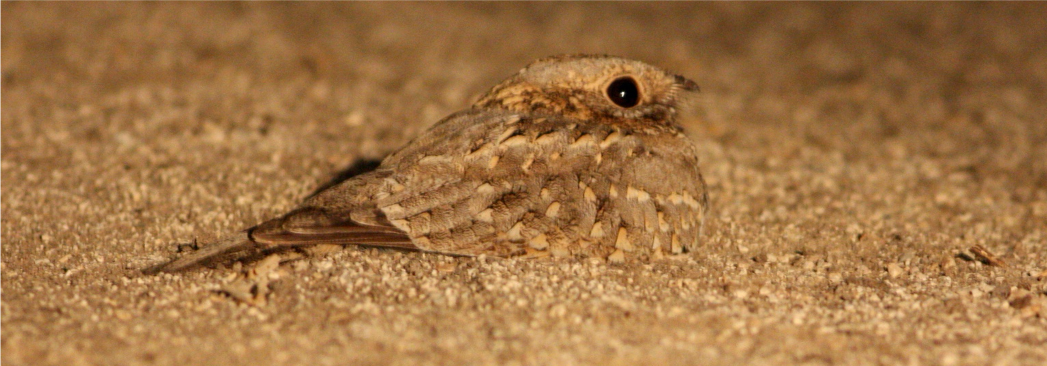
Sat., Nov. 11 : Golan Heights | Mount Hermon | Druze Village
By way of complete contrast to the Dead Sea and Judean Desert, we head north up to the Golan Heights and Mount Hermon. The Hermon is Israel's highest mountain peaking at 2,814 meters and the only place in the country where ‘Alpine’ fauna and flora exist. Locally iconic species such as Rock Nuthatch, Sombre Tit, Rock Bunting, and others should be found with a little patience. We bird the foothills and if weather permits, we head up to the top of the mountain.
After the Hermon we visit a Druze town for a delicious traditional Druze lunch and then drive south through the Golan Heights to Gamla Nature Reserve, formerly home to one of the biggest colonies of Eurasian Griffon Vultures in the Middle East. Sadly, the vulture population has crashed in recent years and only a handful of pairs remain. However, the rather dramatic gorge is still an amazing place to visit and a stroll through the reserve to the canyon lookout should produce ‘upland’ species such as Woodlark, Alpine and Little Swifts, Bonelli's Eagle, Cinereous Vulture, and more. Rock Hyrax and Mountain Gazelle are common in the area and should be among the mammals seen.
Accommodations at the Hagoshrim Hotel, Dan. (B,L,D)
Sun., Nov. 12 : Agamon Hula Park
A full day in the magical Agamon Hula Park. The park evolved as a result of an interesting story that dates to Israel's early days when the first government of the young developing country decided to drain the historic Hula Lake. Following several projects over recent years, the park as it stands with its impressive body of water, is now managed by the Jewish National Fund and is built around the birds and nature with public viewing and education very much in mind.
An early departure is required for our ‘sunrise date’ with tens of thousands of wintering Common Cranes. We start with the ‘famous’ mobile hide tour, which brings us up close and personal with the cranes as they leave the roost. We then spend most of the day in the park where we enjoy personalized access with our own minibus to all areas of the park. The cultivated fields, creeks, and flooded areas host a huge diversity of birds and wildlife. This is a raptor-lover's paradise with impressive numbers of Great Spotted and other eagles, Steppe and Long-legged Buzzards, up to four species of harrier, Black Kite by the hundred and several species of falcon should also be present. Shorebirds and ducks are concentrated in numbers and the ever-present bugling of tens of thousands of Common Cranes creates a magical atmosphere for the whole day. The park is also very good for mammals ranging from the introduced Nutria (or Coypu) to Egyptian Mongoose, Wild Boar, Golden Jackal, and the majestic yet mysterious Jungle Cat.
Accommodations in the Hula Valley (B,L,D)

Mon., Nov. 13 : Arbel Cliff | Jordan River Valley Reserve
This morning we check out from our hotel and return south along the Sea of Galilee to the Arbel Cliff. Mount Arbel is a beautiful natural escarpment towering over the city of Tiberius. It is one of the most scenic parks in Israel and is home to a nice range of bird species. Here we search for the range restricted Long-billed Pipit and perhaps Wallcreeper which have been found wintering here in recent years. The latter is rare and solitary but is also unmistakable and with patience we might just get lucky!
Continuing south to the Bet Shean Valley we enter a low-lying area dominated by agriculture, fishponds, and the Jordan River Valley Reserve. The area is one of the best birding spots in the country and boasts huge numbers of gulls (including Armenian and Pallas's Gulls), Great and Pygmy Cormorants, Great White Pelican, and numerous herons and raptors. The alfalfa fields often host rarer ‘eastern’ passerines such as Oriental Skylark, Richard’s Pipit, Siberian Stonechats, and more.
Finally, the Bet Shean Valley is often the best place in Israel to find Dead Sea Sparrow and Desert Finch. We spend the afternoon here and then drive south to Jerusalem for two nights at Yearim Hotel nestled in the hills outside the city.
Accommodations at Yearim Hotel, Jerusalem (B,L,D)
Tues., Nov. 14 : Jerusalem Bird Observatory | Old City
Following an early breakfast, we head to the Jerusalem Bird Observatory for a banding session and some up close and personal interactions with some of Israel’s wintering species. The Observatory is the only birding center in the world present on parliament grounds. It is located next to the Knesset and is an important center for urban nature study in the middle of the busy metropolis of Jerusalem.
We also spend some time in the adjacent Rose Garden, which is an excellent site for Syrian Woodpecker, Hawfinch, thrushes, and more.
After the birding we meet with a tour guide specializing in Jerusalem who escorts us on a tour of the main sites of the Old City of Jerusalem. This amazing ancient city normally requires a few days to explore but our tour includes the major holy sites as well as some of the gates, the ‘walls promenade,’ and the markets where we also have some time for shopping and a light lunch. The guided tour ends in the early afternoon with free time until the end of the day.
Accommodations at Yearim Hotel, Jerusalem (B,L,D)

Wed., Nov. 15 : Departures
This morning we should have time to revisit the Jerusalem Birding Observatory and bird the grounds of the observatory before returning to the Yearim Hotel where our tour concludes around 12:00 noon.
Transfers can be arranged for those traveling home the same day via Ben Gurion International Airport. Other guests may prefer to stay on in Jerusalem and explore more of the city, or simply stay for longer and explore much more of Israel! (B)
Cost of the Journey
Cost of the Journey is $7290 DBL / $8450 SGL, based on double occupancy, per person.
The tour price includes airport transfers, 13 nights’ accommodations, all meals from dinner Day One through breakfast Day 14, professional guide services, park and preserve entrance fees, and miscellaneous program expenses.
Cost of the journey does not include airfare from your home to Tel Aviv, Israel or items of a personal nature, such as drinks from the bar, telephone, and local guide gratuities (at your discretion, we will give some guidelines).
Travel Details
Please plan to make air travel plans only after the minimum group size has been met. We will send you a confirmation email as soon as the trip has been confirmed.
The airport for this tour is Ben-Gurion International Airport (TLV) in Tel-Aviv.
Arrive: November 2, 2023 by 3:00 PM
Depart: November 15, 2023 after 3:00 PM
*Note, most flights usually depart from the United States on November 1, 2023. Some flights depart in the evening from Tel Aviv, resulting in arrival in U.S. on November 16, 2023. Our travel agent can assist with flight arrangements, please ask.
Browse below for trip reports and species lists from past versions of this and other tours from this destination.
Israel
- November 2022
-
Gerard Gorman
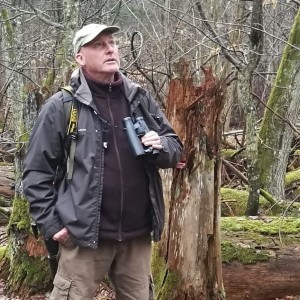
Gerard Gorman is a deeply experienced birding and wildlife guide, particularly in Central and Eastern Europe where his knowledge of the wildlife sites of the region is second to none, having visited every country from the Baltic to the Black Sea. In recent years he has led several Naturalist Journeys groups across Europe and Africa. Gerard is also an author, and his books include Central and Eastern European Wildlife (Bradt, 2008) and Birding in Eastern Europe (WildSounds, 2006). His main ornithological interest focuses on woodpeckers, and he is regarded as an authority, authoring an unprecedented seven books on the family, including the acclaimed Woodpeckers of the World (Bloomsbury, 2014) and Woodpecker (Reaktion, 2017). His latest works include, The Wryneck (Pelagic Publishing, 2022), the definitive monograph on this fascinating species, and The Green Woodpecker (Pelagic Publishing, 2023). Gerard is also interested in wildlife tracking, and his Pocket Guide to Tracks and Signs of European Wildlife (Bloomsbury) was published in 2014.
Photo credit: probirder.com
Other trips with Gerard Gorman
-
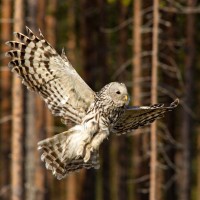 Finland & Norway: Birding & Nature CLOSED - See our 2026 departure!June 4 - 16, 2025
Finland & Norway: Birding & Nature CLOSED - See our 2026 departure!June 4 - 16, 2025 -
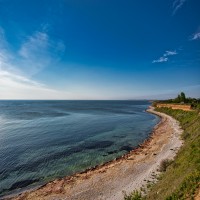 Romania & Bulgaria: Fall Migration on the Danube DeltaSeptember 20 - 29, 2025
Romania & Bulgaria: Fall Migration on the Danube DeltaSeptember 20 - 29, 2025 -
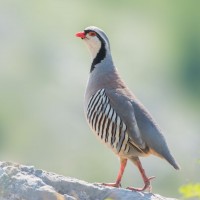 Captivating Croatia: Birding the Adriatic CoastApril 11 - 23, 2026
Captivating Croatia: Birding the Adriatic CoastApril 11 - 23, 2026 -
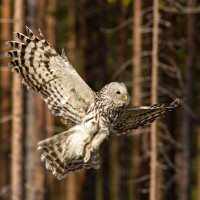 Finland & Norway: Birding & NatureJune 4 - 16, 2026
Finland & Norway: Birding & NatureJune 4 - 16, 2026 -
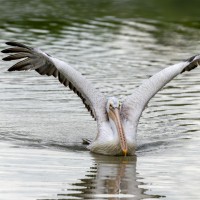 Romania & Bulgaria: Fall Migration on the Danube DeltaSeptember 14 - 23, 2026
Romania & Bulgaria: Fall Migration on the Danube DeltaSeptember 14 - 23, 2026
-
Essential Information +
Pace & Protocols +
Packing List +
Suggested Reading List +
Useful Links +
Photo credits: Gamla Gorge, James P. Smith; Common Cranes, Jonathan Meyrav; Hooded Wheatear, James P. Smith; Ramon Crater, James P. Smith; Sinai Rosefinch, Jonathan Meyrav; Eilat North Beach, James P. Smith; Golden Jackal, Jonathan Meyrav; Little Green Bee-eater, Jonathan Meyrav; Sand Partridge, Jonathan Meyrav; Eilat Mountains, James P. Smith; Syrian Woodpecker, James P. Smith; Wadi Ha'basor, James P. Smith; White Pelicans, Jonathan Meyrav; Semi-collared Flycatcher, James P. Smith; Little Green Bee-eater, James P. Smith; Ramon Crater, James P. Smith; Kibbutz Gvulot, James P. Smith; Spur-winged Lapwing, Jonathan Meyrav; Nizzana, James P. Smith; Spotted Sandgrouse, James P. Smith; Eilat North Beach, James P. Smith; Eilat Mountains, James P. Smith; Southern Dead Sea Pools, James P. Smith; Syrian Woodpecker, James P. Smith; Rock Hyrax, Jonathan Meyrav; Nubian Nightjar, James P. Smith; White Pelican, Jonathan Meyrav; Golan Heights, James P. Smith; Golden Jackal, Jonathan Meyrav; Palestine Sunbird, Jonathan Meyrav; Sinai Rosefinch, Jonathan Meyrav; Arava Valley, James P. Smith; Black Stork, Jonathan Meyrav; Bonelli's Eagle, Jonathan Meyrav; Eastern Mourning Wheatear, Jonathan Meyrav; Kibbutz Gvulot, James P. Smith; Nizzana, James P. Smith; Nubian Ibex males, James P. Smith; Southern Dead Sea Pools, James P. Smith; Spur-winged Lapwing, Jonathan Meyrav; White-eyed Gull, Jonathan Meyrav.







